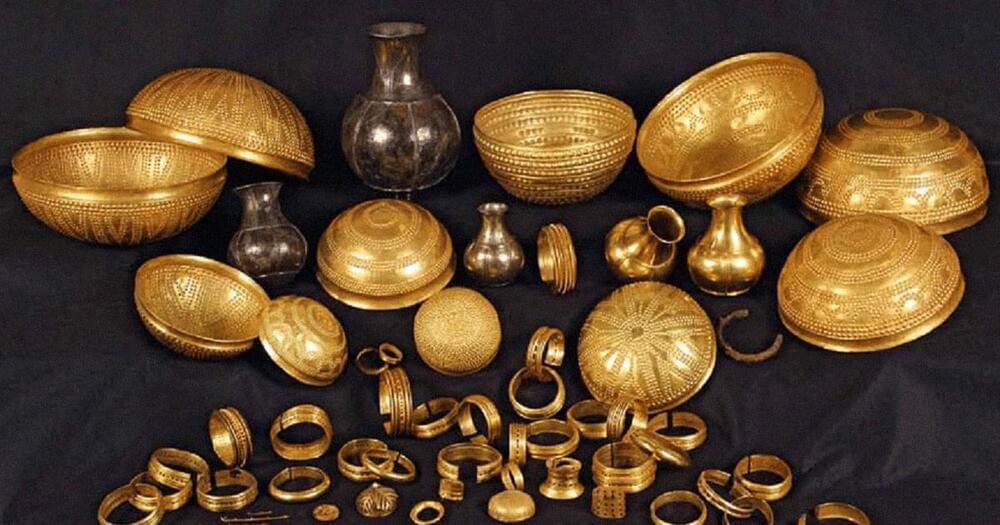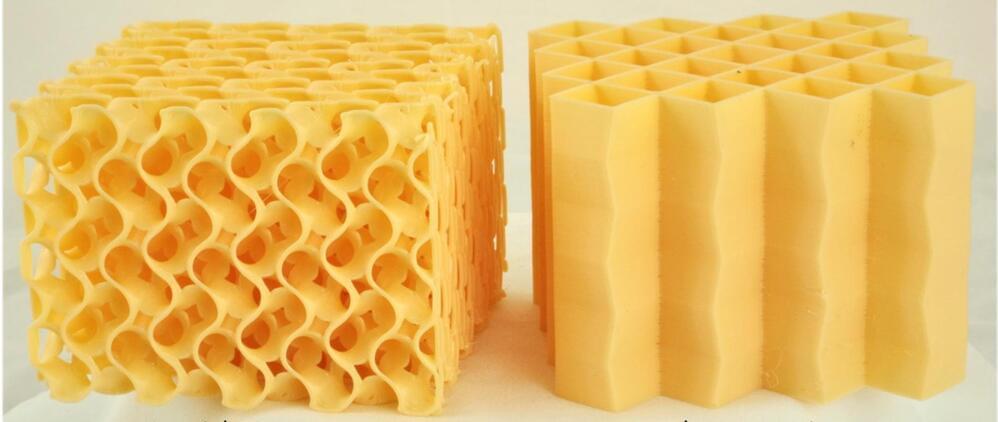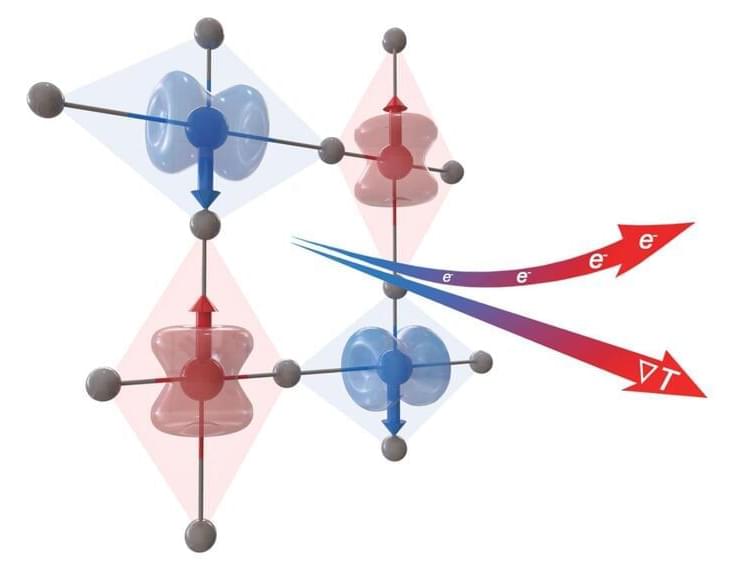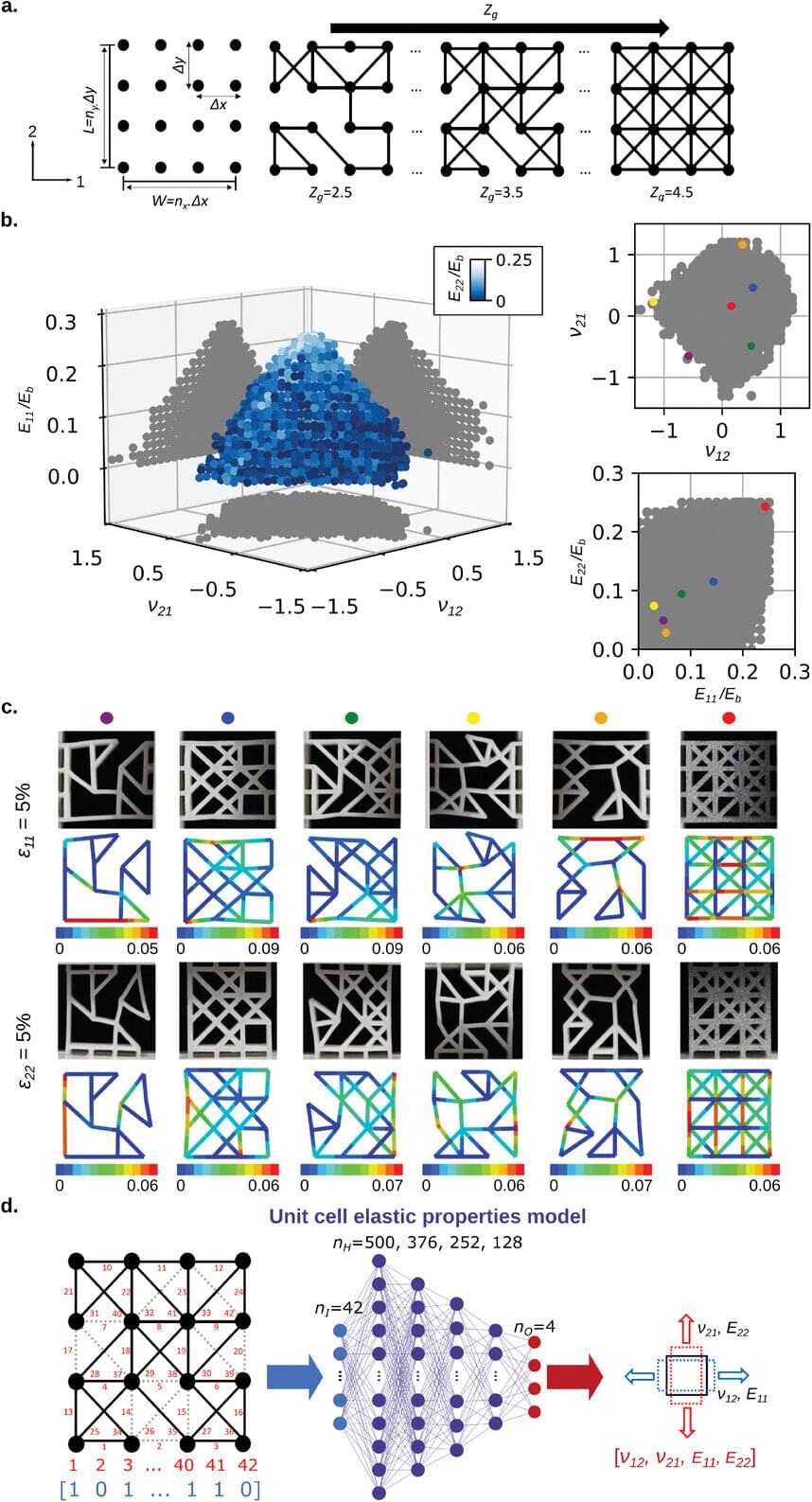Feb 13, 2024
Ancient Human Artifact Was Made With Extraterrestrial Material, Scientists Say
Posted by Shubham Ghosh Roy in categories: chemistry, materials
Link : https://trib.al/wOzZc3J
Talk about out-of-this-world bling!
Spanish researchers have discovered that two iron artifacts from a hoard of precious treasure that dates back to the Late Bronze Age — before man started the widespread smelting of iron — contain iron from meteorites estimated to be around 1 million years old.
Continue reading “Ancient Human Artifact Was Made With Extraterrestrial Material, Scientists Say” »

















